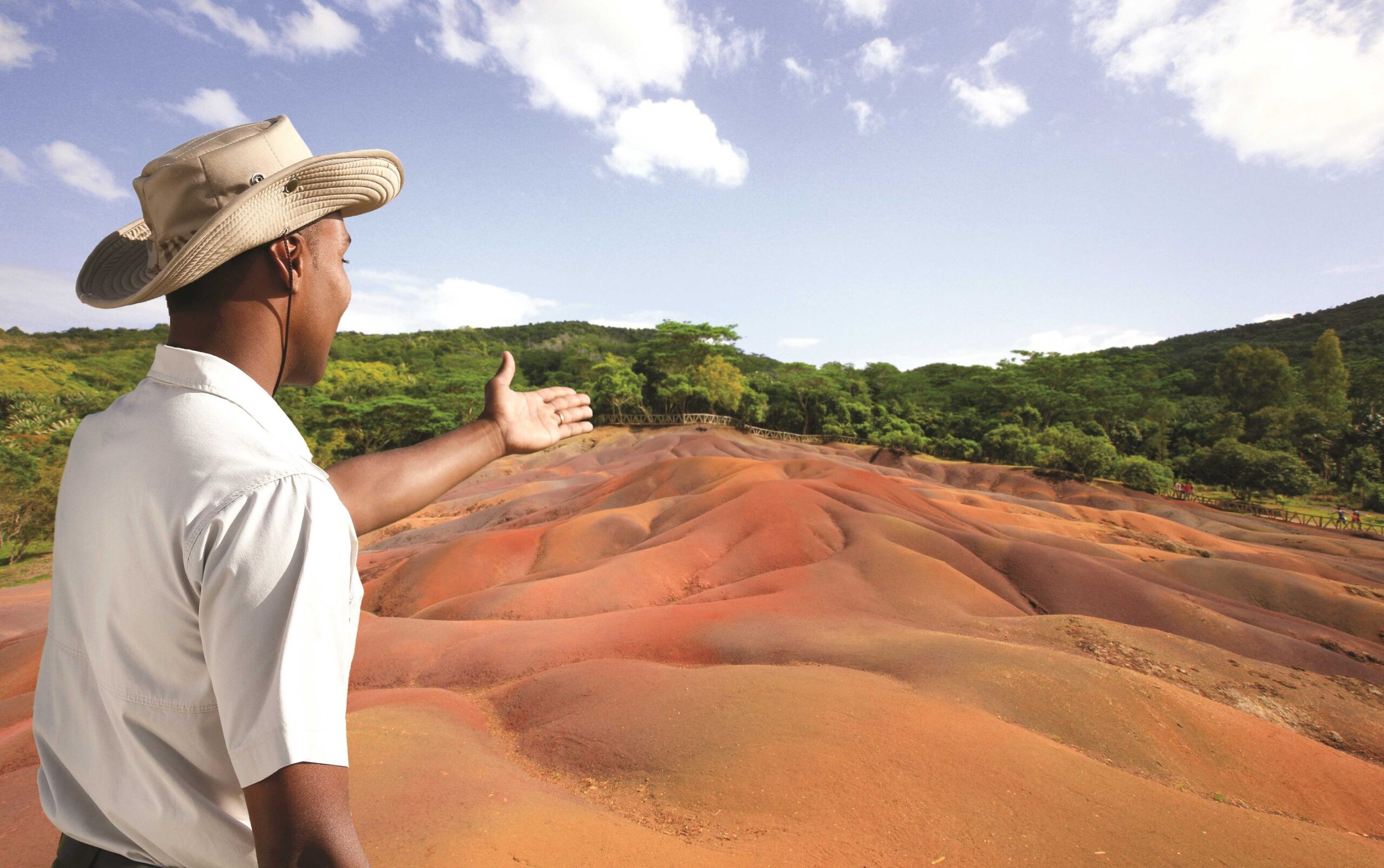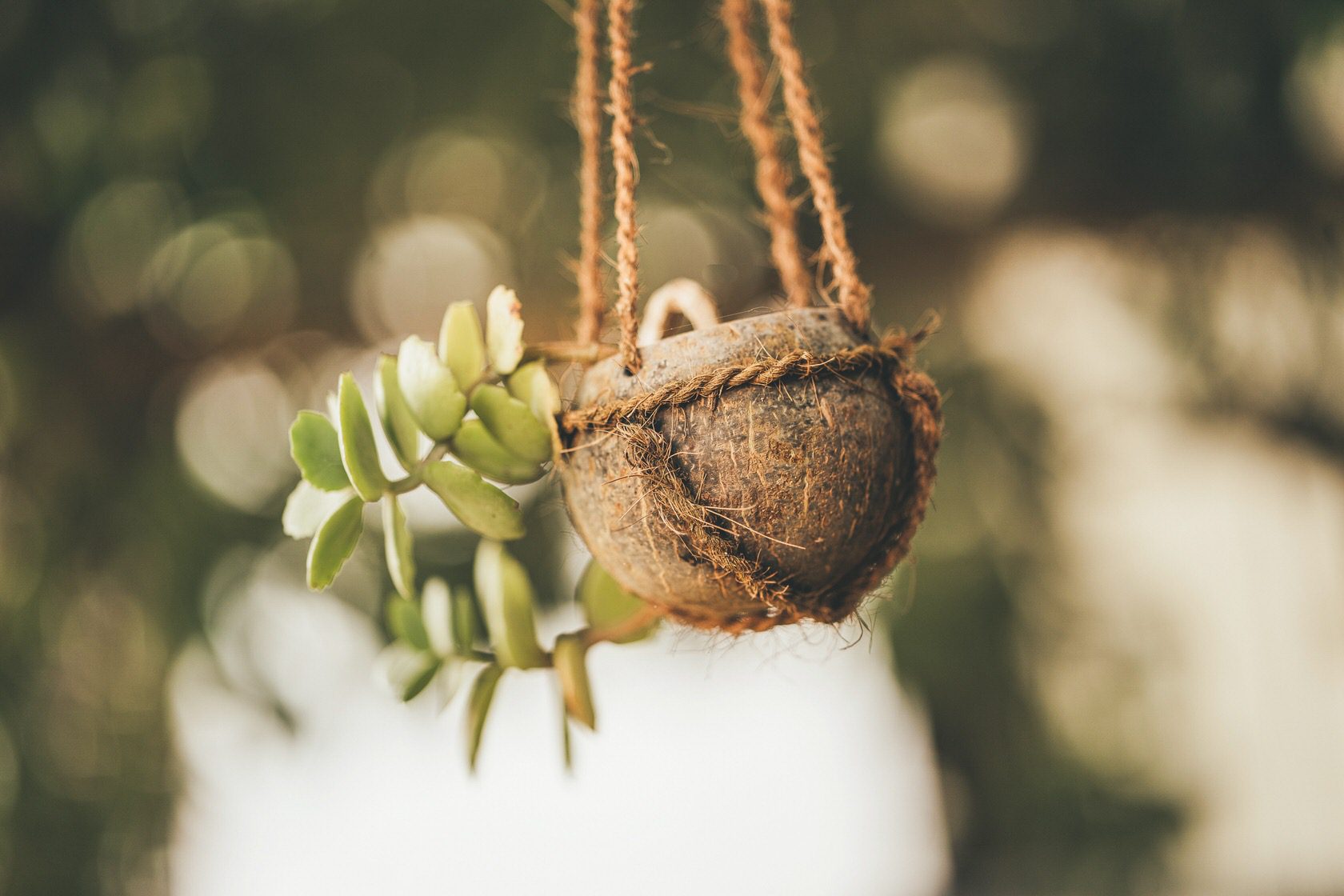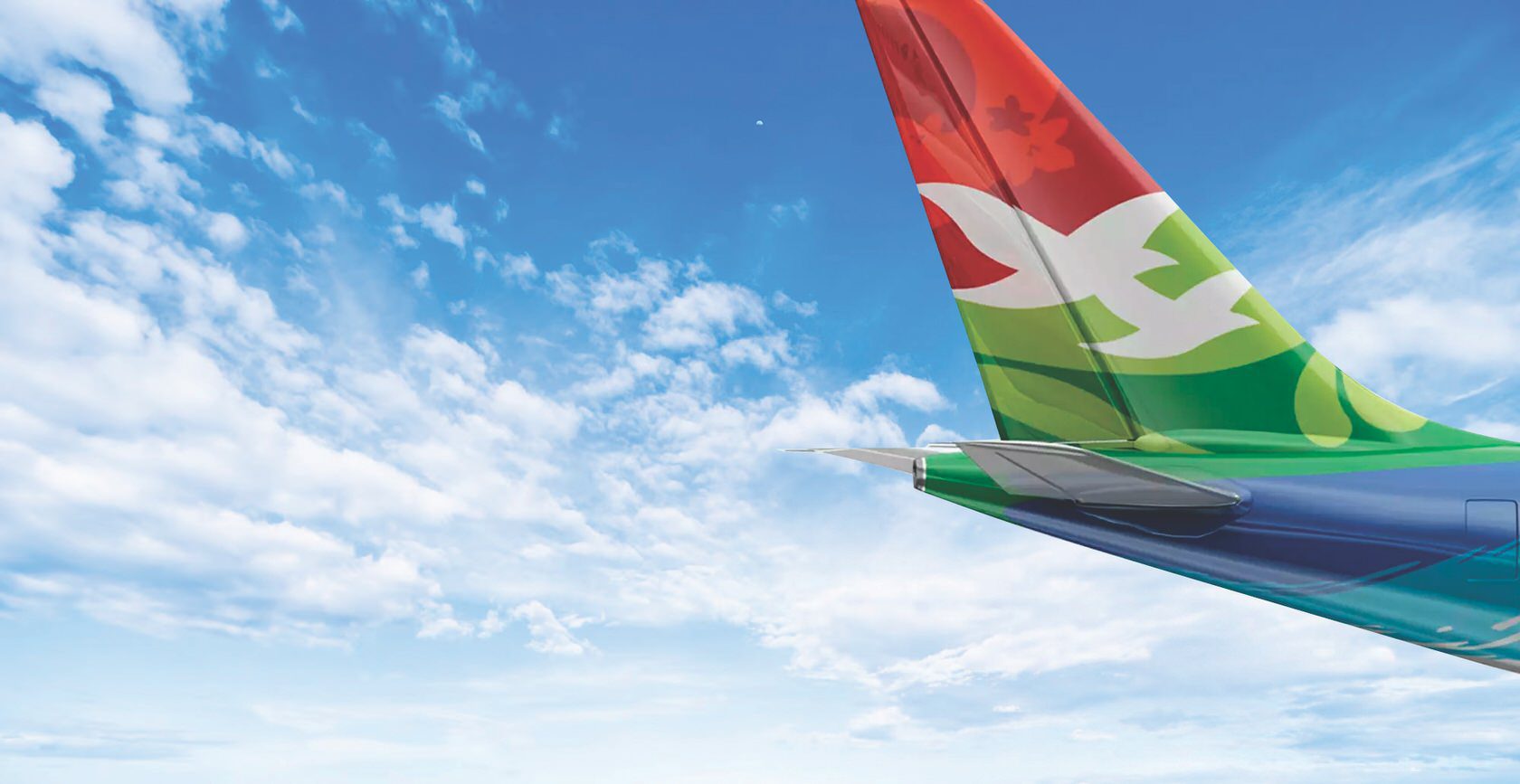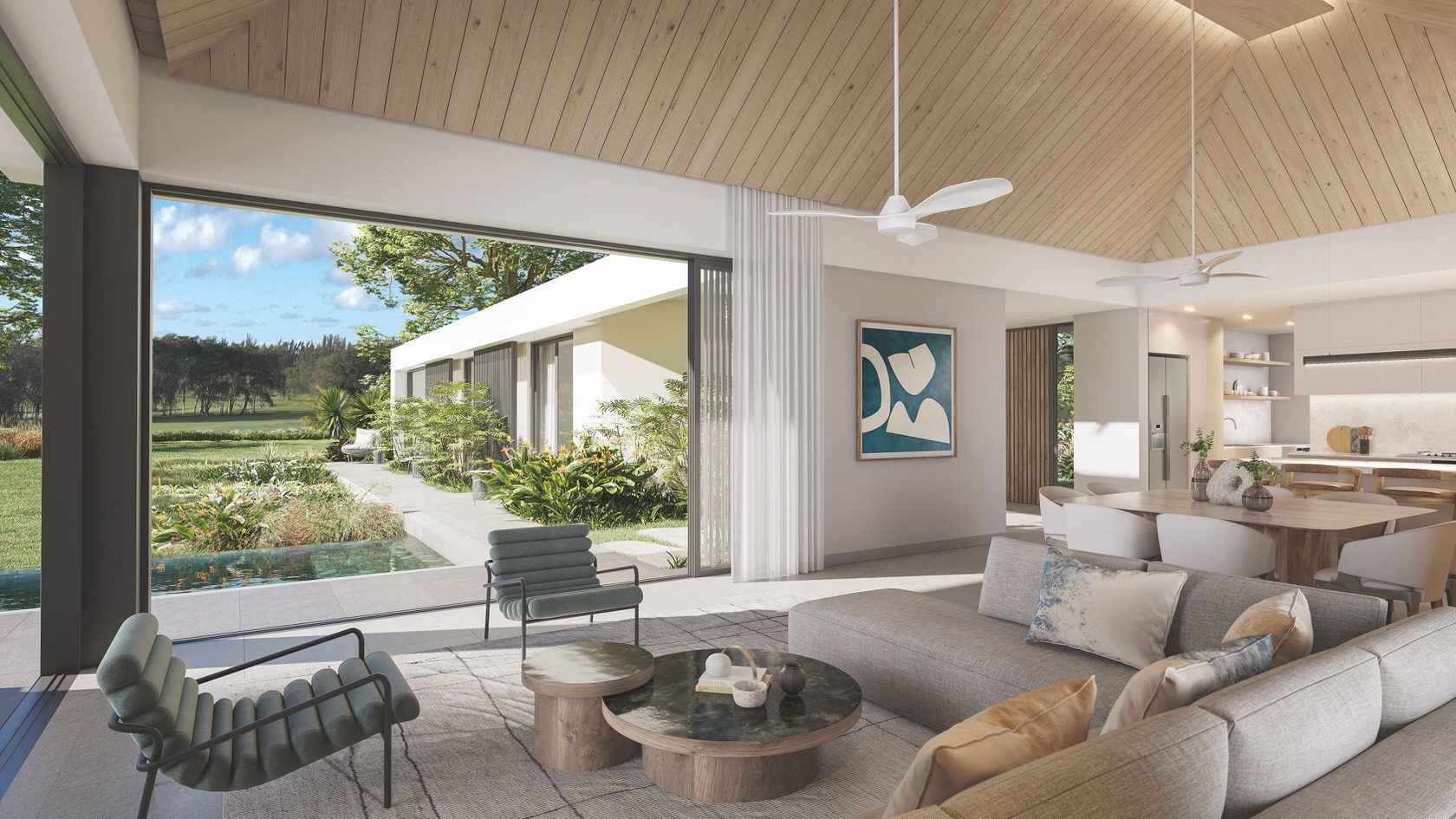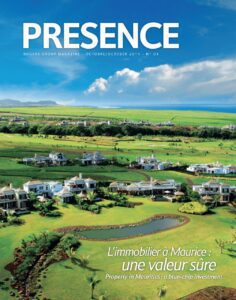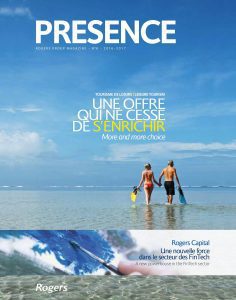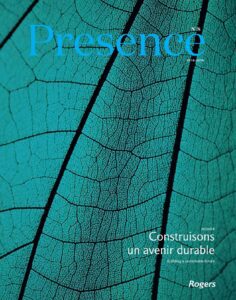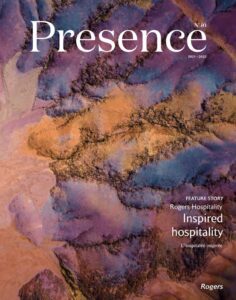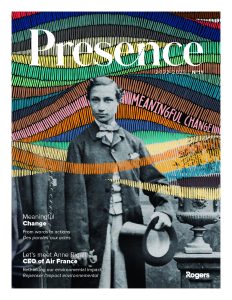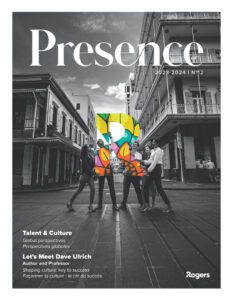No stay in Mauritius would be complete without a visit to the little village of Chamarel, a chance to gaze at one of the country’s more fascinating sights, the 7 Coloured Earth, and to savour the aroma of pure Mauritian coffee.
photos : rogers image bank | manoj nawoor
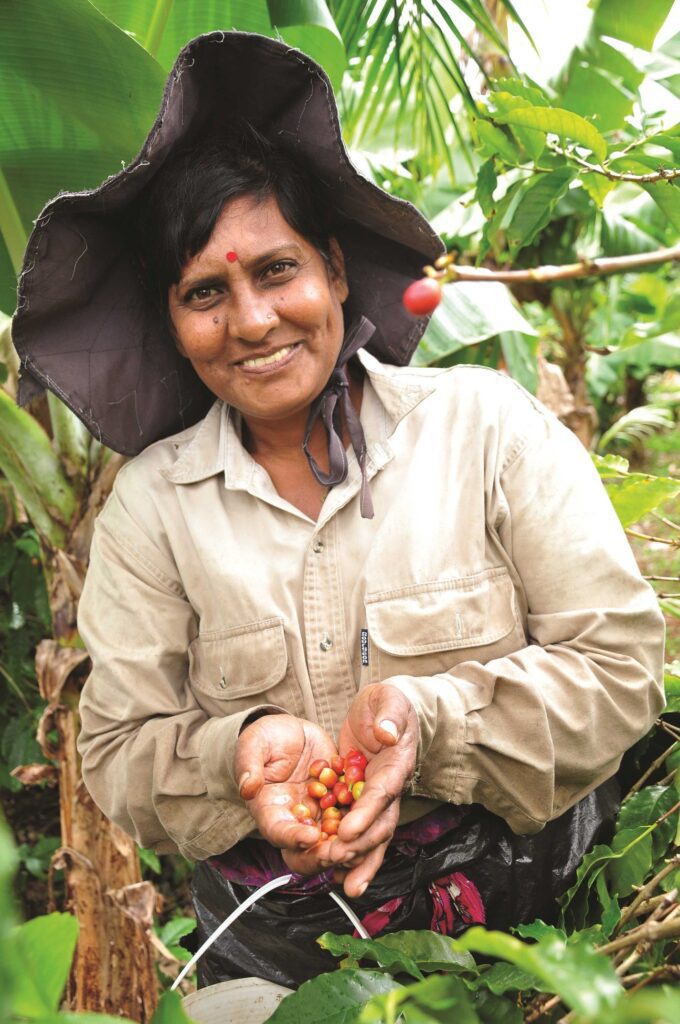
All the tourist guides on Mauritius vaunt the attractions of Chamarel, a hill village in the south-west of the country – and not without reason, particularly for the unique geological phenomenon known as the Seven-Coloured Earth, as well as for its coffee.
The mysterious nature of the seven-coloured mounds has intrigued geology enthusiasts as well as the merely curious ever since the site was opened up to the public by Compagnie sucrière de Bel Ombre (Bel Ombre Sugar Estate – CSBO) in the 1970s. Some 300,000 people visit each year to see the unusual spectacle for themselves. The mounds, with shades ranging from ochre to brown and bluey purple, were discovered in 1879. They can be as thick as some fifty feet and nothing grows on them. The result of lava flows, the original basalt has become clay-like and its components, iron and aluminium, have emerged in various colour formats.
The site also houses a small tortoise park and is equipped with a snack bar and a souvenir shop.
On their way to the mounds, visitors can stop off and climb up to a promontory across from the Chamarel waterfall, a spectacular sight as it tumbles some hundred yards to a large pool below. The St Denis and
Viande Salee Rivers feed the fall, most impressive when it has been raining and particularly from December to April.
Visitors also drive alongside a 12-acre coffee plantation, particularly interesting from May to September when the branches are full of red coffee beans ready for harvesting. These are the beans used in making the Estate’s famous Chamarel coffee.
Coffee has long been one of the world’s most popular trading commodities and was introduced into
the Mascarene Islands in the 18th century. The first local concession was granted to a Surgeon Major
Jean Pierre Macquaire in the Moka region in 1728. However, coffee cultivation did not last, even though it was cited as one of the colony’s most useful plants in the early 19th century.
It was not until the Estate took the initiative towards the end of the 1960s that coffee again started to be grown commercially. Coffee cultivation at the time was limited to a few individuals for their own consumption. Keen to relaunch it, the company turned to a Belgian expert in the Congo. Coffee plants of the Arabica K7 variety were imported from Kenya, and were planted in Chamarel in 1967, leading to a first harvest in 1971, when three tonnes of beans were gathered.
In the 1970s, an aloe factory in the nearby coastal village of Case Noyale was adapted to coffee production. Since then, the drying and roasting of the beans picked in Chamarel have been carried out on the coast, partly due to the favourable climate there, and the unit currently employs fifteen people.
Chamarel coffee is now the registered trademark of the only genuinely Mauritian coffee. Thirty tonnes of beans are harvested annually, permitting the production of some twelve tonnes of coffee, sold mainly on the local market.

